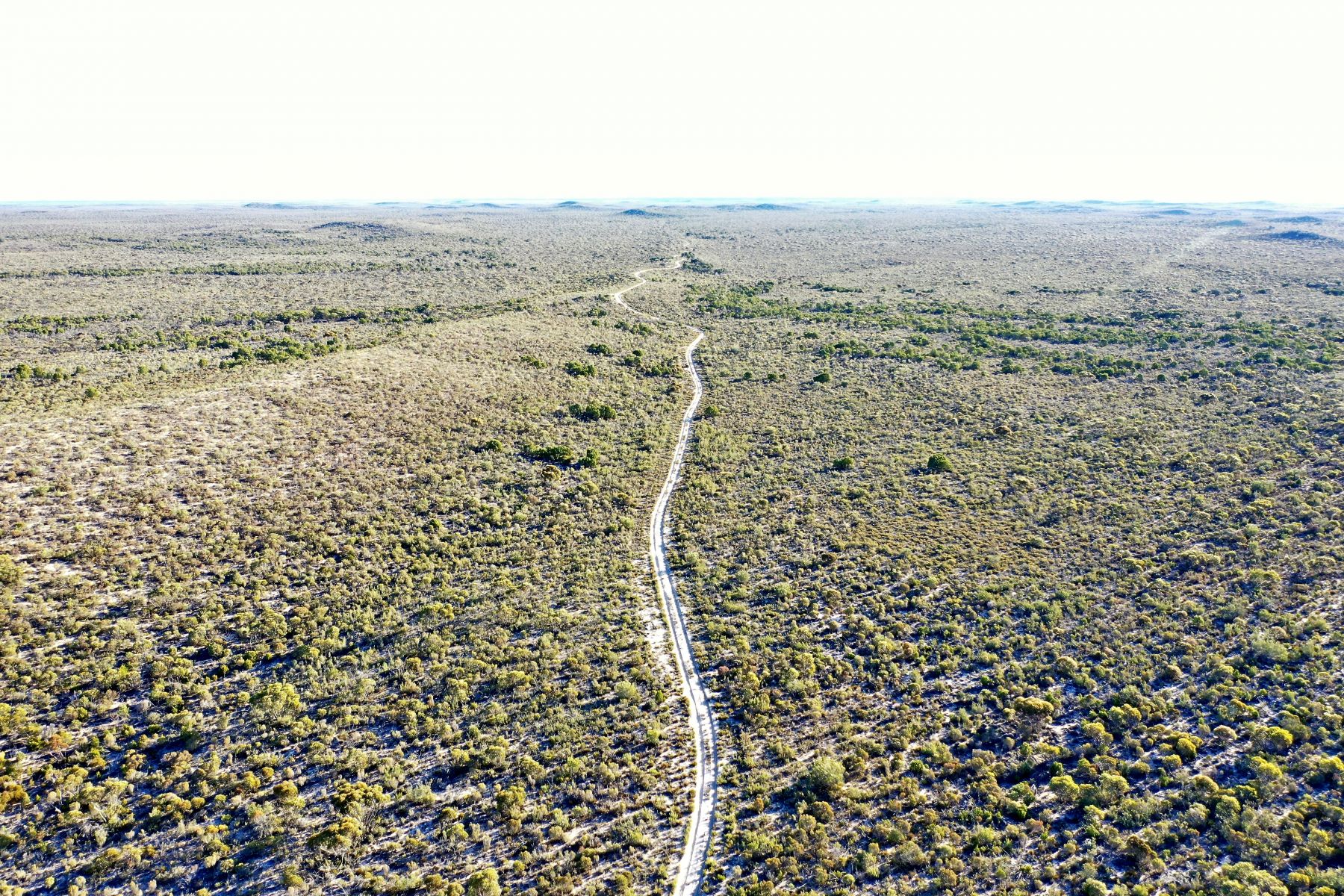On this page:
Good to know
Suitable for experienced drivers only. Travel in groups of vehicles.
Camping is allowed along these 4WD routes, however there are no facilities and all rubbish must be taken home.
Please bring plenty of water.
About this tour
The Mallee region is a spectacular and iconic part of Victoria with an awe-inspiring vastness like no where else in the state.
Four-wheel driving is one of the best ways to discover this vibrant and rugged outback landscape. The routes here are remote and challenging but you'll be rewarded with endless views, Mallee sunsets, clear night skies and an abundance of native wildlife.
The wildflower season from August to October is a special time to visit due to the Mallee's spectacular floral display of vibrant colours from the Sandhill Wattles, Silver Banksia, Erect Guinea-flower, Fringe Myrtle, Emu Bush, Spider and Greenhood Orchids and many other species.
It is recommended that drivers have experience and/or 4WD training and travel in groups of vehicles for this tour. Be sure to pack your recovery gear and plenty of water because you're going to need it along these lengthy but enjoyable desert routes.
Route options
There are 3 routes which make up this tour and all start from Big Billy Bore Campground. If you prefer the comforts of a regional town, or you are short on time, each route can also be explored as an extended day tour from a regional centre.
Visitors travelling from southern regional centres such as Horsham can access the Big Desert State Forest by travelling to Nhill, and then heading north on the Nhill-Murrayville Road.
Visitors travelling from northern regional centres such as Mildura can access the Big Desert State Forest by travelling to Murrayville on the Mallee Hwy, and then heading south on the Murrayville-Nhill Road.
Location:
West of Nhill Murrayville Track in Big Desert State Forest. Access is via Cactus Bore and Firebreak Tracks.
Grade:
Medium
Distance:
55km / 3 hour return
Once used by the Australian army for training and remote combat purposes, Cactus Bore 4WD Tour gives you the feeling of being away from it all. The route transverses jumbled white dunes and exposes visitors to an array of different vegetation communities including Lowan Sands Mallee, Heathy Mallee, Dunefield Heathland, and Sandstone Ridge Shrubland. Don’t forget to stop and check out the stand of Red Gums along Coburns Track, they stand tall above the heath and scrub vegetation that dominates the region. Be sure to also stop at Cactus Bore, where you can see some huge cacti flourishing. The bore is one of the original bores sunk in the early 1900s that provided stock graziers with access to water during droughts.
Location:
White Springs to Twelve Mile Patch, east of Nhill Murrayville Track in Big Desert State Forest. Return via Fire Break Track Patch Pines.
Grade:
Medium
Distance:
76km / 4 hour return
White Springs Tour is a longer route that allows visitors to take in the diverse sights of the Mallee. You will transverse jumbled dunes, sand plains and deep white sands and pass through a variety of scrub and heath dominated vegetation, that gives way to semi-arid woodland communities. Don’t forget to take a look at the stand of Callitris pine at Mountain Pine and be sure to stop at both Ross and White Springs. These areas contain Casuarina trees and natural open ground water soaks support fauna during the warmer months of the year. The track heading towards the large dune to the west of the White Springs campground is certainly worth the short detour, and whilst walking up the steep sandy track is a lot of effort, it is the highest vantage point in the region and a great photo opportunity. There is plenty of shade, tables, and fire pits here too for those who may wish to stop for lunch or even camp.
Location:
East of Nhill Murrayville Track in Big Desert State Forest. Take Brushcutters Track via Brushcutters Flat and return via Delisio Track.
Grade:
Medium
Distance:
47km / 2.5 hour return
Brushcutters Tour offers visitors the chance to explore the remote and stark beauty of the Mallee whilst winding through challenging tracks. As you make your way over steep sand dunes, along sandy tracks, and avoid getting stuck in the white deep sands, take note of the several different vegetation types of Mallee heath and shrub communities as you pass through. The area contains considerable amounts of Broombush. This broom like erect multi-stemmed shrub can grow up to three metres high. Branches were cut and used upside down by early pioneers as a broom and was also harvested for local and premium fencing in Adelaide. This area also supports many species of reptiles. Be sure to keep an eye out, you may be lucky enough to spot one sunning itself on the side of the sandy tracks.
Photo gallery

- There are 3 routes which make up this 4WD tour

- Cactus Bore Tour

- White Springs Tour - Mountain Pine

- White Springs Tour - Ross Springs

- Brushcutters Tour

- Brushcutters Tour - Delisio Track
How to get there
Page last updated: 31/07/24






